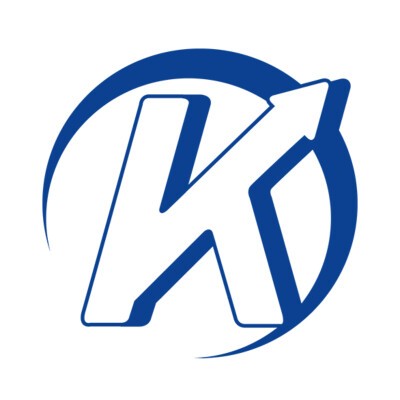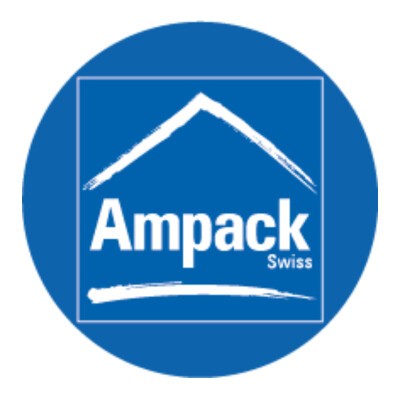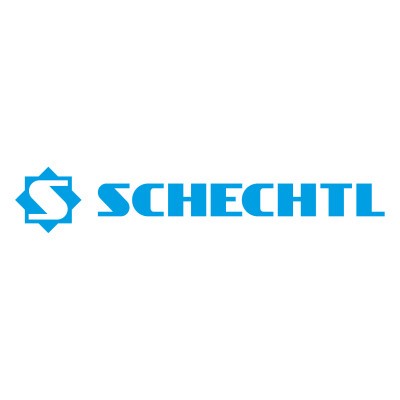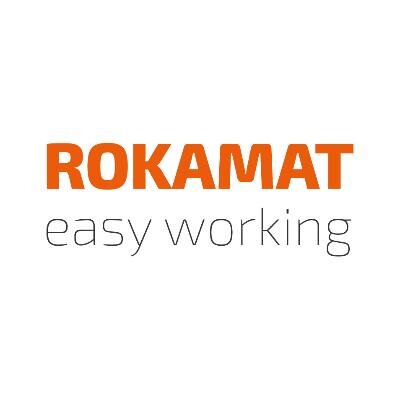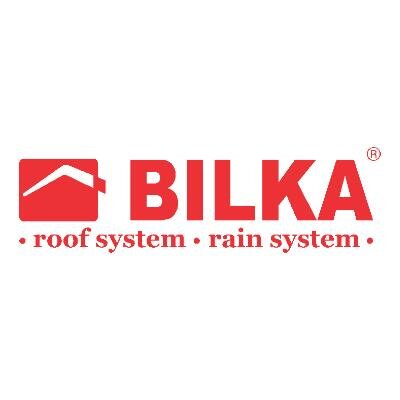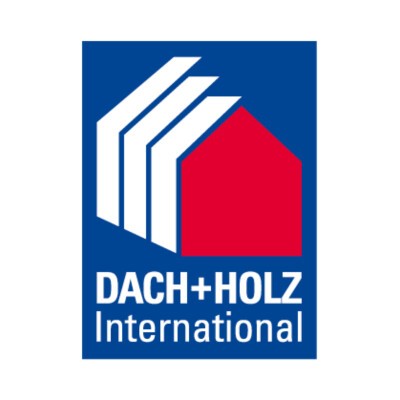START-UP AREA AT DACH+HOLZ INTERNATIONAL
Take advantage of this opportunity to present your innovative company to a wide audience of trade visitors.
GAIN VISIBILITY AND MAKE CONTACTS
The Start-Up Area at DACH+HOLZ International not only gives companies visibility, but also helps them to make valuable contacts. The success story of Haidl GmbH impressively demonstrates the opportunities it offers: in 2018, father and son Johann and Johannes Haidl from Passau founded their craft business.
The decisive step towards visibility came in 2022 with their first appearance in the Start-Up Area at DACH+HOLZ International, where they not only established direct contact with their target group, but also won the Start-Up Award with their ‘ProfiTube’ downpipe system. Further trade fair appearances increased their visibility and led to new partnerships.
Trade fair appearances became an integral part of the company's strategy, with the aim of presenting and further developing innovations based on practical experience. In 2026, Haidl will return to DACH+HOLZ together with Rooffox GmbH – no longer as a start-up, but as a mature company with its own stand and new developments in tow.
Draw attention to yourself
The Start-Up Area is the ideal platform for you and your company to present yourselves – this is your moment in the spotlight.
Build lasting connections
Present your innovation to potential customers and partners to establish valuable contacts within the industry.
Explore trends
Exciting ideas are being traded in the start-up area at DACH+HOLZ International. The perfect environment for you to explore the future of the industry.
‘The trade fair was the best platform we could have imagined. We came into contact with so many people and were able to get to know our target group personally.’
Johannes Haidl
ABOUT THE START-UP AREA
The Start-Up Area is an interactive and open-plan communal space where you can present your new product or innovation. Participation is not restricted to companies of a certain age or with a certain turnover. Exhibitors who have already participated in a previous Start-Up Area are also welcome to return.
SERVICES START-UP PARTICIPATION
- All-inclusive stand with 5sqm*
- Storage space
- 3 exhibitor passes
- MyBusiness package (= flat rate for visitor tickets)
- Presentations in the Workspaces (optional)
- Participation in the Start-Up Pitch (Start-Up Award)
- Visitor advertising and media coverage for the start-ups
*Stand equipment, company logo, electricity, media entry, H.E.S flat rate (hygiene, safety, energy), AUMA fee
Total participation fee: €1,990 (net)
REGISTER NOW!
Each exhibitor will receive their own individual area – an island stand with approximately 5m² of floor space. The marketplace in the centre of the start-up area is available for all exhibitors to use collectively. Here, there is space for additional exhibits or for interacting with customers, for example.
To register, please use our GHM portal, the central point of contact for your trade fair participation.
If you are using our GHM portal for the first time, you must reset your password once using the "Reset password" function – even if you have already used our exhibitor portal. You can easily reuse your previous password. Detailed instructions can be found here.
CONTACT
Do you have any questions? Feel free to contact us!
That was the Start-Up Area 2024
Get an insight into what the Start-Up Area at DACH+HOLZ International 2024 had to offer.
